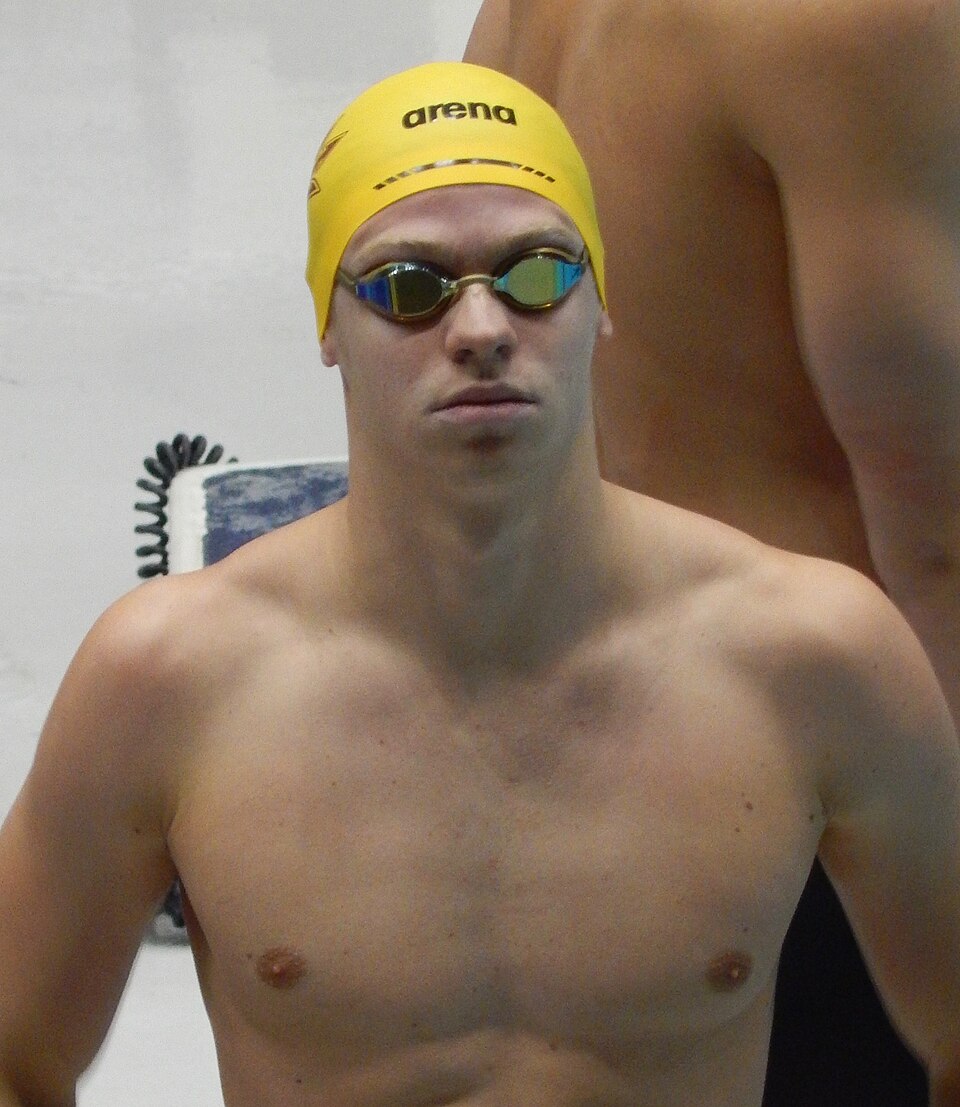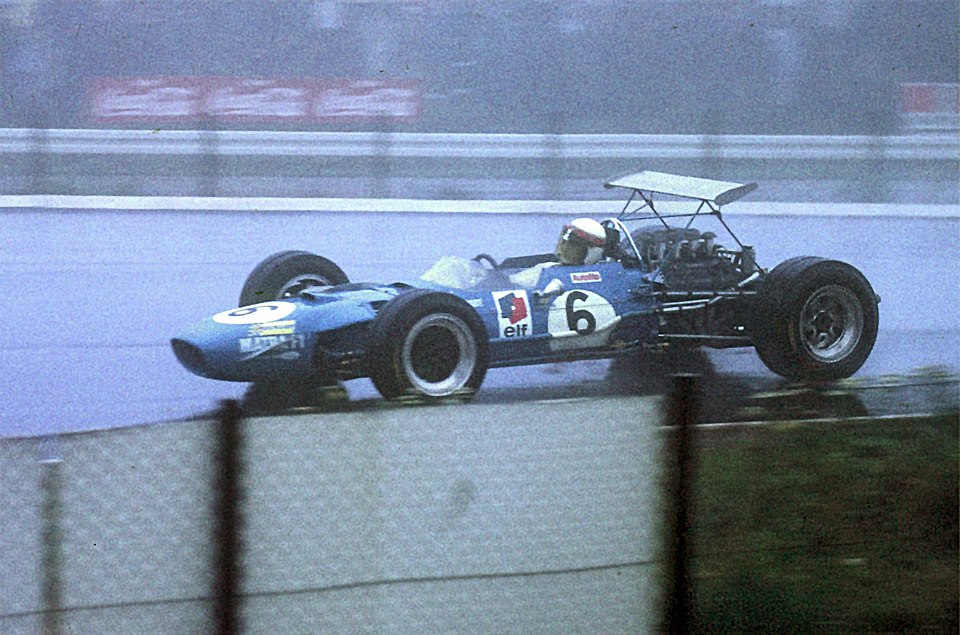Ferrari Unveils New Rear Suspension Ahead of Belgian Grand Prix

Ferrari is poised to debut its revised rear suspension system at the upcoming Belgian Grand Prix, following extensive testing at the Mugello circuit. This introduction marks a significant engineering advancement aimed at enhancing the stability and performance of the SF25 race cars driven by notable pilots Lewis Hamilton and Charles Leclerc.
The new suspension design features a subtle yet crucial modification: the forward leg of the upper wishbone has been repositioned a few centimeters lower than its predecessor. This alteration aligns with similar adjustments made earlier in the season by rival teams Mercedes and McLaren. The primary goal of this modification, in conjunction with the anti-dive geometry of the front suspension, is to bolster the vehicle's resistance to pitch changes during acceleration and braking. As a result, the aerodynamic platform of the car is expected to exhibit increased stability, facilitating a more consistent aerodynamic force application as the car navigates the racetrack.
According to Mark Hughes, a noted motorsport journalist and technical contributor, this evolution in Ferrari's suspension design is a response to the competitive pressures from rival teams. “The changes reflect an ongoing arms race in Formula 1, where teams continuously innovate to gain an edge,” Hughes stated in his analysis published on July 18, 2023.
Giorgio Piola, a respected technical analyst for motorsport, echoed Hughes's sentiments, noting that the suspension adjustments are crucial not only for performance but also for driver confidence during high-speed maneuvers. “A stable platform allows drivers to push their limits, which is essential in a sport where milliseconds can determine victory,” Piola remarked in his recent article.
The Belgian Grand Prix, scheduled for July 25-27, 2023, will serve as the ultimate test for Ferrari’s new suspension system against a backdrop of intense competition. The team has been under scrutiny this season for its performance relative to longstanding rivals, particularly in terms of aerodynamic efficiency and handling capabilities.
Historically, Ferrari has been known for its innovative engineering solutions in Formula 1. The introduction of this revised rear suspension is reminiscent of past engineering revolutions, such as the introduction of active suspension systems in the late 1980s and early 1990s.
As the race weekend approaches, industry analysts are closely monitoring Ferrari's performance metrics in practice sessions to gauge the immediate impact of the suspension modifications. Statistical data from previous Grand Prix races indicate that teams with superior suspension systems often see enhanced lap times and improved tire management, crucial factors in securing podium finishes.
The implications of Ferrari's engineering advancements extend beyond mere performance; they highlight the continuous evolution of technology in motorsport. With the sport's increasing focus on sustainability and carbon neutrality goals, innovations in vehicle dynamics and efficiency are more critical than ever.
In conclusion, as Ferrari enters the Belgian Grand Prix with its newly tested rear suspension, the motorsport community watches with anticipation. The outcome of this strategic engineering decision could very well influence the trajectory of the remainder of the Formula 1 season, potentially redefining competitive dynamics among the leading teams. As noted by Dr. Sarah Johnson, Professor of Mechanical Engineering at Stanford University, “The success of such innovations often hinges on real-world application and driver feedback, which will be crucial in the races to come.”
Advertisement
Tags
Advertisement





